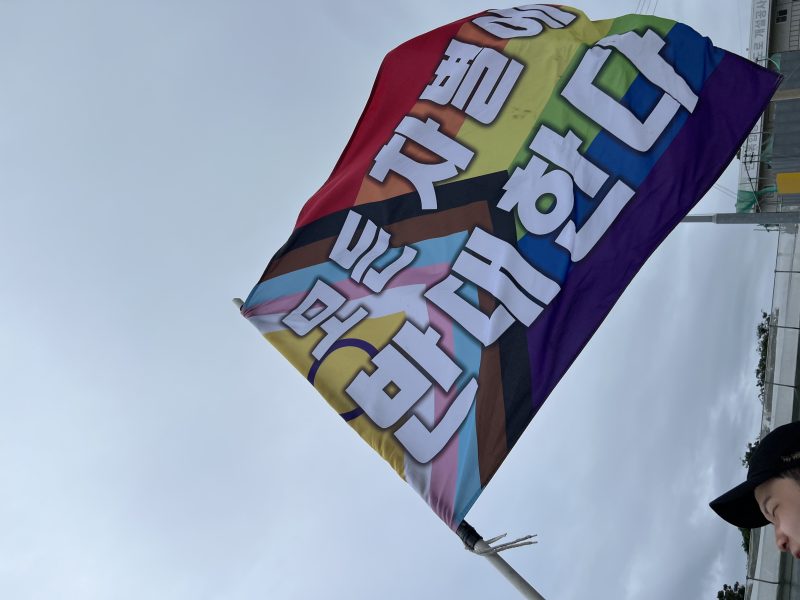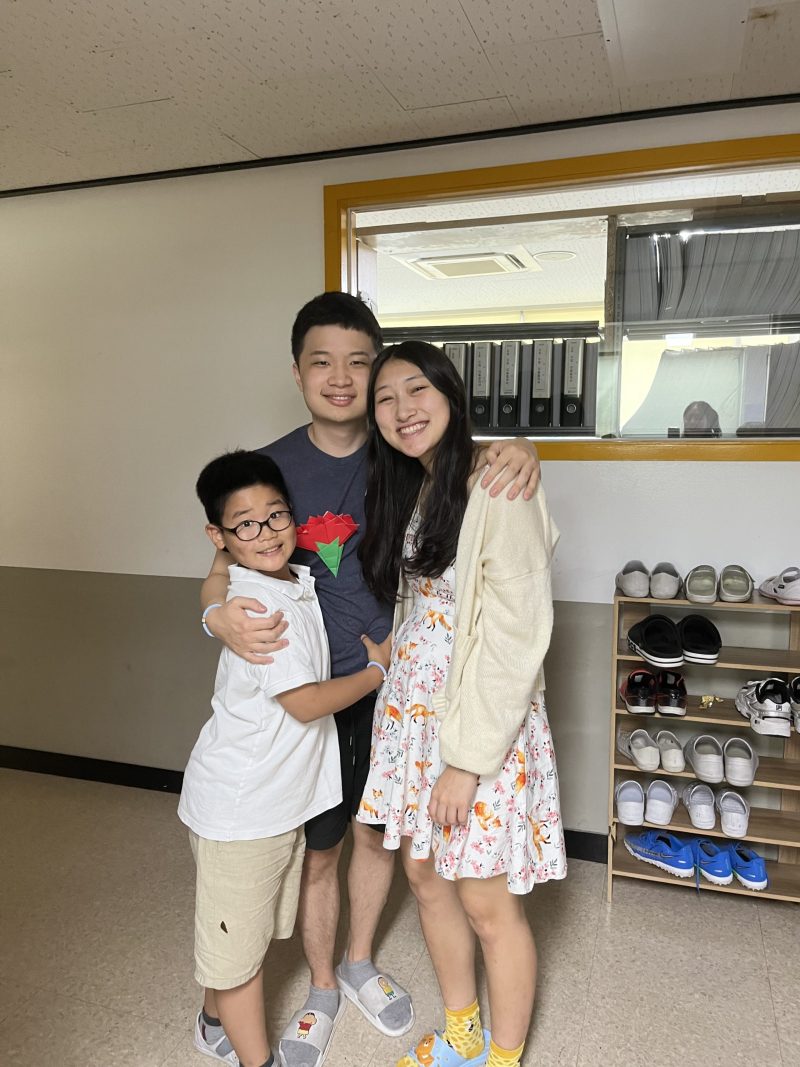Something difficult about walking through any museum is internalizing the fact that the remnants which one sees around them are from the past and not some alternate fictional reality. Looking back, certain events of the past seem as unreal as the contents of a fantasy novel and so understanding that these things truly transpired takes imagination. Few places is this difficulty to truly comprehend the past so evident as it is in the case of war history. Living through a war, whether it is on the battlefield or on the homefront, is such an unparalleled human experience that it is hard for those that have not come in contact with it to imagine, let alone understand, its effects.
Walking through The War Memorial of Korea, I felt this disconnect firsthand in that no matter how thoroughly I read each and every exhibit, trying to actually place myself in the shoes of those who experienced the events first hand was extremely difficult. The War Memorial of Korea is laid out chronologically from bottom to top, beginning with the neolithic era and making its way all the way to modern day. Starting a little out of order, the first exhibit we visited was a Geobukseon or a traditional Korean War ship. The incorporation of many to-scale artifacts and models such as this was something I really appreciated about The War Memorial of Korea, as it lessened the aforementioned disconnectedness with the past and made it easier for me to imagine myself in the era of the exhibits. We then went backwards in history to the neolithic era and moved our way through Korea’s vast history of conflict. I knew little about the ancient history of Korea or Asia as a whole, and so learning about it and being able to compare it to the Western history of the same time period was extremely interesting. The War Memorial of Korea made this vast amount of history digestible and easy to follow in how the exhibits were arranged so that few gaps were left in the overall timeline they were presenting.
Moving on from the bottom floor, the second floor, which is also the floor you walk in on, contains the central focus of The War Memorial of Korea: The Korean War. There are two main rooms dedicated to depicting the timeline of the war along with an in depth exploration of the nature of the war. Walking through these rooms, the attribute that stood out to me the most was the binary nature of almost every exhibit. There were divided cases displaying the weapons used by both sides of the conflict, color coordinated sections of text comparing the ideologies of both sides, and even segregated iron statues comparing the people of both sides. This consistent focus on duality had the effect of promoting a divided, pseudo-civil understanding of the war. The last exhibit we visited was The Memorial Hall which separates the two historical rooms mentioned above. Compared to the bright and informative nature of the rest of the exhibits, The Memorial Hall is remarkably different in how it is nearly pitch black and without very much inscription whatsoever. The dim lighting and minimalist nature of the Hall makes it a very introspective and reflective environment. This was a great way to end the visit because after hearing about war after war, it was easy to lose sight of the fact that casualties of war are more than just numbers and real individuals with their own stories to tell. The Memorial Hall brought to focus just how impactful each and every life lost was, and shed light on how disastrous the effects of war truly are. Overall, I found the trip to The War Memorial of Korea to be difficult yet extremely fulfilling in how it provided me a new understanding of the Korean War as well as war in general.
– Joshua Wagner



